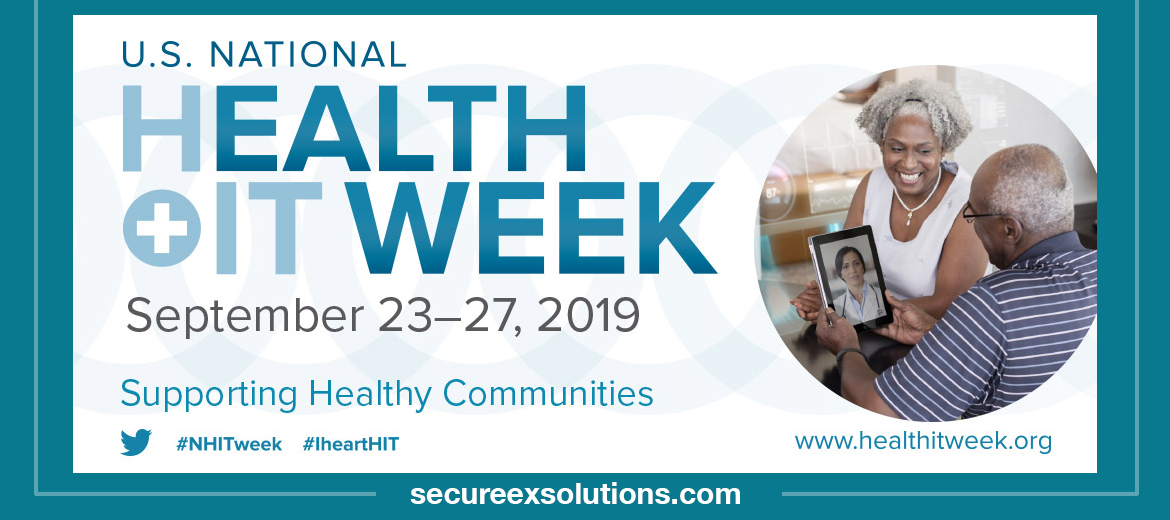Medicaid organizations often serve members that suffer from chronic illnesses and complex care issues, necessitating multiple hospitalizations. The need to improve care transition oftentimes requires understanding the members’ social, economic and environmental factors. The fact is that many of these social determinants of health (SDoH) largely fall outside of the Medicaid Care Team’s reach.
The role that Medicaid performs within the community is incredibly important, from hospitals to behavioral health clinics, to long term care facilities and Federally Qualified Health Centers (FQHCs). To help a vulnerable population lead healthier lives it is important to provide the best possible care and Medicaid providers recognize the value of greater collaboration across the continuum to better address the needs of patients.
However, effectively addressing SDoH factors requires enabling a communication infrastructure that includes a broad set of individuals across the continuum, who may or may not be physicians with access to EMR’s and/or may not be connected to HIE’s, other healthcare platforms, etc.
That is why many healthcare ecosystems are integrating SES Direct and SES Notify, secure communication and automated real-time notification to route Admit, Discharge and Transfers (ADT) alerts to Medicaid providers. Those receiving the alerts are case managers, primary care physicians (PCPs), specialists and other groups, as well as others that are part of the care continuum such as home health, disability, mental health
Real-time notifications integrate into the physician EHR system or the caregiver’s preferred screen to allow stakeholders to track patients as they move from provider to provider. Medicaid organizations partner with large healthcare providers of inpatient medical care in the state, to receive real-time ADT feeds on each patient. Automated notifications alert providers when a Medicaid patient is admitted or discharged from an inpatient or emergency department.
Stakeholder acceptance is critical and is facilitated by the integration of SES Notify messages into each providers’ preferred workflow, as well as the value it delivers to patients through greater communication.
SES Notify utilizes SES Direct for secure communication of these real-time alerts, enabled via the nation’s largest trusted network for health information exchange, DirectTrust. This means that any Meaningful Use accredited EHR can receive the alert without custom interfaces.
When a patient is admitted and/or discharged, the patient’s primary care physician and overall care network can receive a notification of an event either within their practice EHR or through a basic secure email. Configuration capabilities enable providers to customize the messages they receive, such as discharge messages only.
In addition to notifications, it is important to remember that patients may be kept in the hospital until the hospital physicians can determine where the patient is going, and if it is safe. For example: is the patient ambulatory or does the patient need a wheelchair? Can they navigate steps? Does the patient need a hospital bed? The base communication between the hospital and the care community can resolve these issues faster.
SES Notify currently supports Medicaid organizations via communicating to local FQHCs – as well as Behavioral Health facilities, and Addiction Services facilities. These provide an array of care for behavioral health, medical, social services, and care support needs for patients with challenging conditions.
The Connecticut Department of Social Services (DSS) is a stellar example of the benefits of real-time alerts enabled by SES Notify. As the Medicaid organization for the State of Connecticut, DSS used the Federal Office of the National Coordinator for Health information technology (ONC) Beacon Nation Project guides. It focused on how to improve hospital transitions and reduce costly and preventable readmissions cost-effectively by leveraging technology. DSS has shown improvement in the health outcomes of Medicaid patients without increasing the burden on providers.
SES Notify has increased provider to provider communications, streamlined patient-provider engagement and provided a critical step in improving health outcomes. Through the use of automated notifications, the Connecticut Medicaid Care Teams now connect and engage with beneficiaries that may otherwise have been overlooked.
Automated notifications and standardized secure communication are transforming how care is delivered to Medicaid patients. The technology contributes to better outcomes which result in cost-saving efficiencies. By improving patient visibility and provider collaboration across the entire network, SDoH factors such as income and housing can be accounted for. Post-discharge rehabilitation and other health complications are being addressed to better manage patient outcomes and reduce costly hospital admissions and readmissions.

